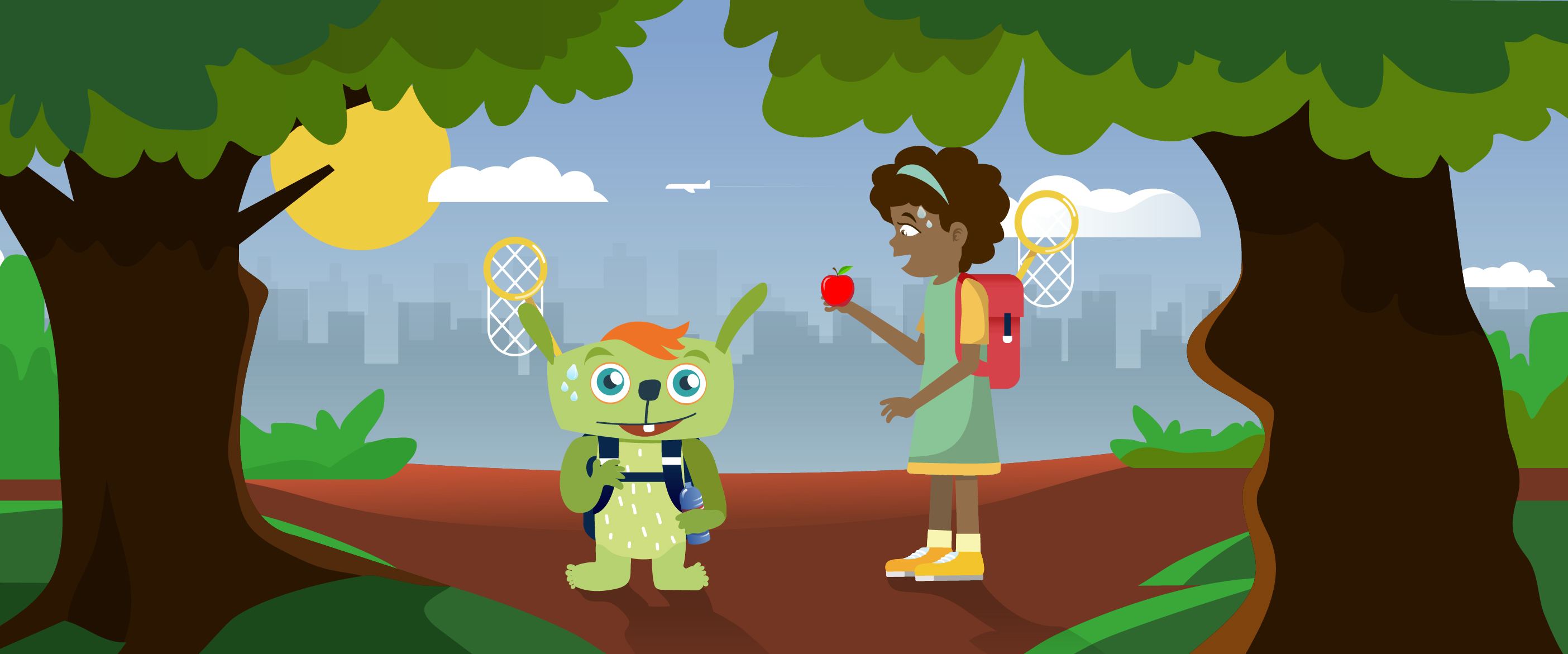How do Ocean Ice or Land Ice affect Sea Levels?

Overview
Overview
Keywords: temperature, energy, water, states of matter, changes of state
Subjects: Science, Mathematics, Geography
Age level of the students: 7-10 years old
Time frame: xx minutes per activity
![]()
![]()
![]()
Earth's ice exists in different forms. Some ice floats on the ocean's surface, while others rest on the land, covering vast areas like frozen blankets. These are known as ocean ice and land ice, respectively. Rising seas are a consequence of climate change. Warmer ocean temperatures cause expansion, and melting ice sheets and glaciers contribute additional water. Although ice that is based on land, when it melts, leads to a much more significant rise in sea level than when ice is based on the sea, the latter also has its influence. Sea level change is commonly attributed to land ice rather than floating sea ice, but there is a notable effect from the latter. Freshwater floating ice, when it melts into the salty sea, slightly increases sea level due to its lower density. This effect, about 3% of grounded ice-melt, contributes to sea level rise.

This project is interdisciplinary, integrating concepts from mathematics (analysing data), communication skills (communicating about environmental issues), social studies (understanding the impact of climate change), geography (recognising the various regions of the planet and their characteristics), physics (physical states of matter and changes of physical state).
The Experiment
Required Materials
- 2 clear plastic containers
- Brown Play Doh divided in 2 equal parts
- Ice cubes
- 2 glasses with water
- Salt
- 1 tablespoon
- 1 marker
- 1 Ruler
- 1 stopwatch
- 1 notepad
- 1 pencil
Experiment Guide
This activity can be performed by the teacher for the class, but depending on the material available, age and autonomy of the students they can perform it in small groups.
1. Start by preparing ice cubes in advance.
[...]
You can download the worksheet for this experiment as pdf and word file.
- What is sea ice, and where can we find it on Earth?
- How does sea ice melting affect the habitat of polar animals such as polar bears?
- Why is it essential to protect sea ice, even though it floats on the ocean's surface?
- What is land ice, and where can we find it on Earth?
- How does land ice melting contribute to rising sea levels, and what effect can it have on coastal areas?
- Why is it important to understand the difference between sea ice and land ice when talking about climate change?
- What can we do to help slow down the melting of sea ice and land ice on our planet?
- Why is it important to add salt to water in our experiment?

The Experiment with the Result
Explanation Video
The science behind the video
Water is a unique liquid because unlike other liquids, it expands, increases in volume thus, ice is less dense than water in the liquid state. We can observe this phenomenon daily, when we put ice cubes in water these float and if we put a bottle of water in the freezer we can easily see that it increases in volume.
When floating ice melts, the volume of the melted water is equal to the volume of submerged ice. So, the water that is displaced by the floating ice is equal to that which is displaced when all ice melts.
We might then think that there is no problem, because if the water resulting from the melting of the ice occupies the same volume as the floating ice, the sea level should not change. However, not all the ice is in the sea, some of the ice on the surface of the planet is based on land. All the ice on land when it melts and passes into the liquid state will contribute to sea level rise.

In the experiment demonstrated, salt water was used, with a salinity close to that of seawater (35 g/L). Although it is not possible to observe with the naked eye, because the difference is very small, ice when melting into fresh water does not lead to a rise in sea level, if it melts into salt water there is a slight rise in sea level. The reason for this difference lies in the fact that salt water is denser than fresh water which makes the volume of submerged ice smaller, so when melting the volume of water will not be equal to the volume occupied by submerged ice, but rather slightly larger.
The increase in the average temperature of the planet leads to an increase in the average temperature of seawater that also has an impact on sea level, although much lower than that caused by the melting of the ice based on land. When water, in its liquid state, increases in temperature it expands which also contributes to the problem.
How you can use this material in class
Here could be some text
And more text
Sustainability seeks to protect biodiversity and preserve healthy ecosystems. This project shows that climate change poses significant threats to biodiversity, leading to habitat loss and disruptions to ecosystem services that support human well-being.
Sustainability involves collaboration and shared responsibility and this project shown in the video motivates individuals to work together, supporting global initiatives and protect vulnerable regions.
In school, when we talk about the importance of decreasing our ecological footprint and when we develop STEM activities, we must also have the least possible impact. This project uses recycled material and in small quantities, so we are teaching by example.
STEM activities allow students to build and use models that help simplify complex natural phenomena such as climate change. In this project, using models, we can explain the phenomenon of thawing using affordable and very low-cost materials.
Here could be some text
And more text
Further links and information
NASA Sea Level Change Portal
NASA: Melting Ocean Ice Affects Sea Level – Unlike Ice Cubes in a Glass
Authors of How do Ocean Ice or Land Ice affect Sea Levels?: Esra Aksoy (TR), Rebecca Mudde (GB), Rute Oliveira (PT), Anastasia Papakonstantinou (GR)
Share this page


